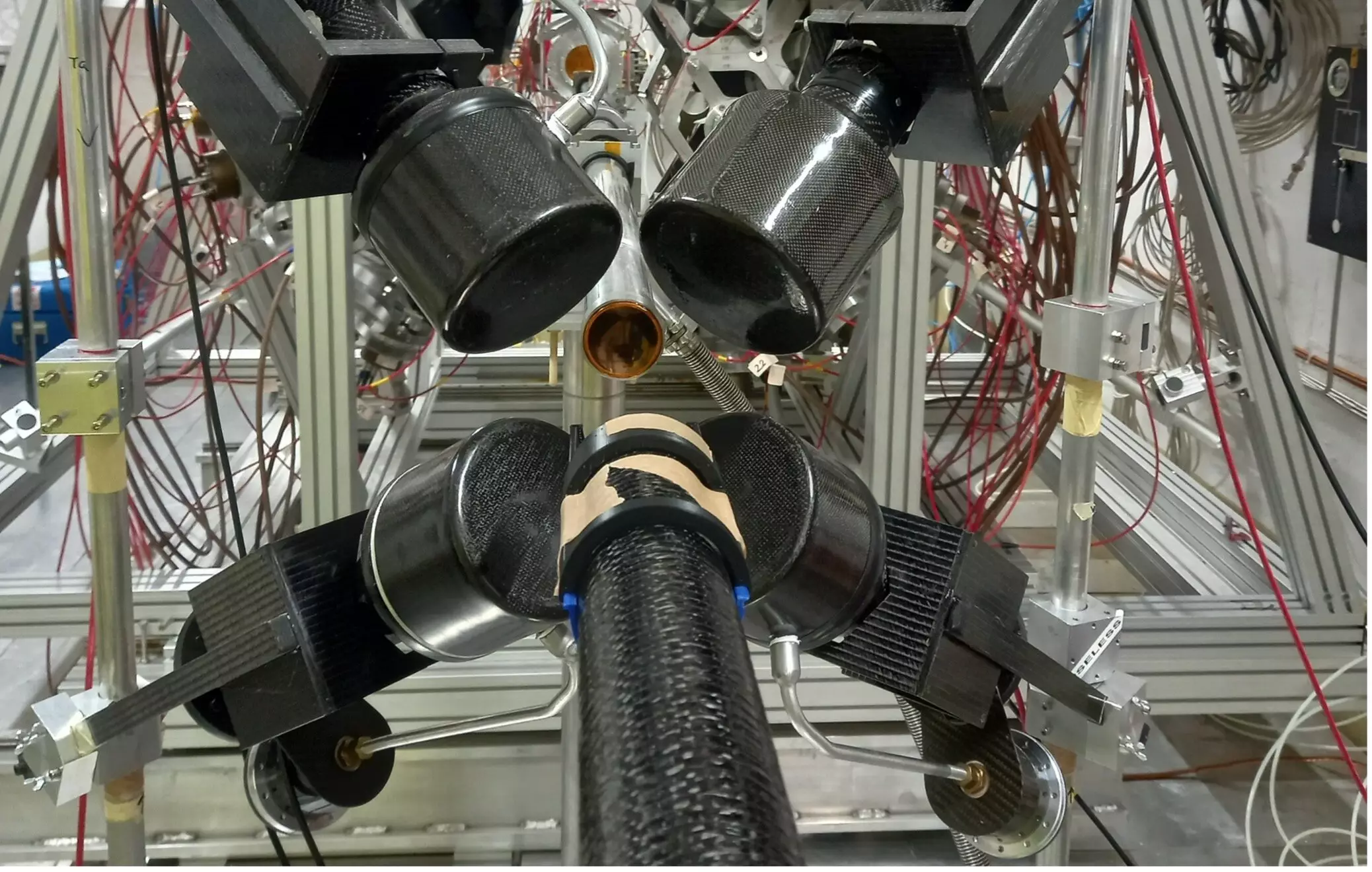Cerium, a rare Earth metal, is known for its various technological applications, such as in lightbulbs and flat-screen TVs. Even though the element is scarce in Earth’s crust, it is relatively more abundant in the universe. However, there is still much mystery surrounding how cerium is synthesized in stars.
Uncovering New Insights
A recent study conducted by the n_TOF collaboration at CERN sheds light on the production of cerium in stars. The study challenges existing theories about the mechanisms responsible for the synthesis of cerium and other heavier elements in the universe. By identifying nuclear resonances previously unseen, the researchers have uncovered new information about the production of cerium in celestial bodies.
The abundance of elements heavier than iron in stars, such as tin, silver, gold, and lead, can be explained through two neutron capture processes: the slow (s) process and the rapid (r) process. The s process, with a neutron flux of 10 million neutrons per cubic centimeter, is believed to contribute significantly to the production of cerium. On the other hand, the r process, with a much higher neutron flux, plays a crucial role in synthesizing heavy elements in stars.
Using CERN’s Neutron Time-of-Flight facility, scientists studied the nuclear reaction of the cerium 140 isotope with a neutron to produce isotope 141. This reaction is essential in the synthesis of heavy elements in stars. By measuring the cross section of the reaction with higher accuracy than previous studies, the researchers have uncovered discrepancies between theoretical models and observational data of cerium in stars.
Implications for Astrophysics
The new data obtained from the study has significant astrophysical implications. It suggests a reduction in the contribution of the s process to the abundance of cerium in the universe, challenging current theories of cerium nucleosynthesis. This calls for a paradigm shift in our understanding of the chemical evolution of galaxies and the production of heavier elements in the universe.
The study on cerium synthesis in stars has opened up new avenues for research in astrophysics. The unexpected findings highlight the need to reevaluate current theories and models surrounding the creation of heavy elements in the universe. By delving deeper into the mysteries of cerium production, scientists can gain a better understanding of the fundamental processes that shape our universe.


Leave a Reply